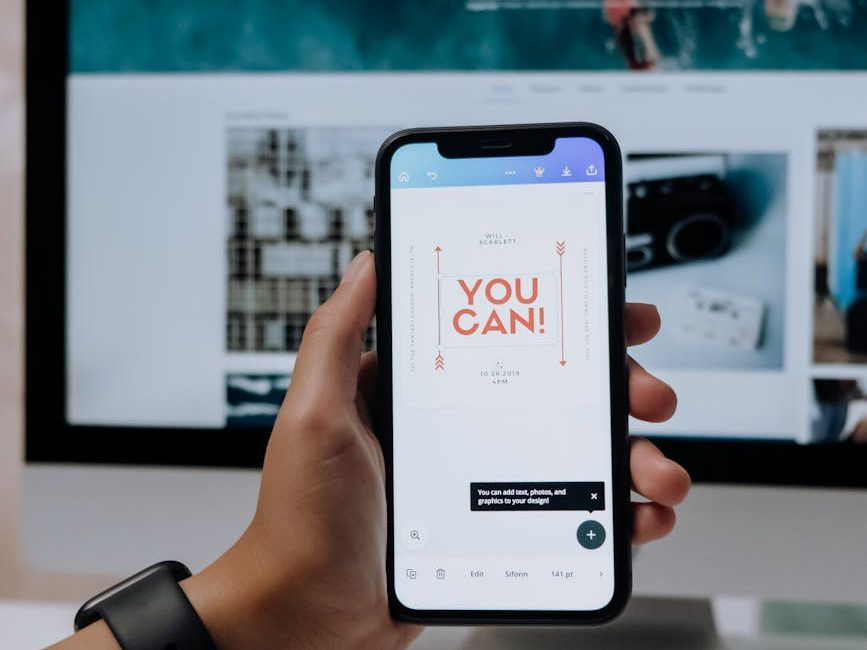5 Overlooked Content Gaps That Could Be Costing You Sales
- Jennifer Johnson

- Aug 5
- 6 min read
Some website content gaps are obvious. If you don’t have an About page or your product descriptions are three words long, you know there’s some work to do.
But the gaps that cause the most friction, the ones that subtly chip away at trust, confidence, and conversion, are often much smaller. Tucked away. Easy to miss.
They’re the places where your content could be doing just a little more to guide, reassure, or help someone take the next step. And if it stops even one person from shopping with you each day, that’s seven a week. Add a few more click-offs, and you’re looking at over a thousand missed sales a year — all from a handful of small, fixable issues.
These are the kinds of gaps I look for when auditing e-commerce websites, and the kind of updates that often lead to smoother customer journeys, fewer abandoned carts, and more confident purchases.
Here are five of the most common content gaps I come across, plus how to spot them, fix them, and grow your store.

1. Reassuring microcopy at checkout
Checkout should be the easy bit. They’ve picked the product. They’re happy with the price. They’re ready to pay.
But this is also where people get cold feet. Not because of the cost, but because something feels vague, unclear, or just slightly off. If you’re a small business, especially one they haven’t bought from before, that could be enough to lose the sale.
So how do you reduce checkout abandonment in those final moments?
A simple line confirming that payment details are encrypted and secure
A friendly reminder to double-check their delivery address
A direct, clickable link to your customer service email or chat — with reassuring language that shows there are real people on hand to help
Pro tip: Read your checkout aloud. Anywhere you pause or think “hmm” is a spot that needs a line of copy.
These details are known as microcopy — small lines of text that hold big moments steady.
Whenever I’m reviewing a checkout flow for a client, this is one of the first things I look at. As even if everything else on the site feels strong, a missing detail or awkward moment here can undo all that good work.
And taking the time to get it right means less hesitation, more orders going through. Exactly what you want.
2. FAQ that provides solutions (not just answers)
A lot of FAQ pages feel like they were added on day one and never looked at again.
The most common issue? Answers that stop short. They tell you what the policy is, but not how to act on it.
Let’s say someone asks:
“What if I order the wrong size?”
You could say:
“We offer free exchanges for orders placed within NZ.”
Or you could say:
“No problem! We offer free exchanges for NZ orders. You can start the process here. [insert link]"
See the difference?
The second version pre-empts the next step and makes the customer feel taken care of, without them doing any more work. That’s the goal of good FAQ content — not just to answer, but to guide.
And while you’re doing that, keep your tone consistent. If your product descriptions are warm and helpful, your FAQ should be too. It’s not just a legal section or technical page, it’s part of the customer shopping experience.

3. No copy in key 'in-between' moments
Not every page on your site is necessarily a conversion page. But every page matters.
There are little moments across the customer journey that often get overlooked — places where someone pauses, gets stuck, or hits a dead end. And if there’s no helpful content there to guide them, you risk losing them.
For example:
Empty cart: “Your basket’s looking a little light. Want to see what’s popular this week?”
No search results: “Hmm, nothing came up. We might still have what you're looking for. Try another word, or drop us a message and we’ll point you in the right direction.”
Order confirmation: “Thanks for your order! We’ll email your tracking info as soon as it’s packed and ready to go.”
Out of stock: “Back soon. Get a restock alert” plus a clear alternative: “Similar: Classic 2‑Seater →”
These pages are great places to show your brand personality and keep the journey moving. You can go warm and friendly, clever and cheeky, or calm and informative — just keep it true to your voice.
It’s also a chance to reinforce your customer promise. If your USP is that you hand‑pack every order, show that with a thank-you photo or a short message in your confirmation email. If you prioritise fast shipping, make that clear straight away.
📋 Curious where your gaps are? Let’s do a content audit. I’ll go through your site, flag what’s missing or underperforming, and give you clear next steps to improve it.
4. Collection pages with no context or guidance
Think about how many people land on your collection pages from a Google search or an ad. If all they see is a grid of products with no context, you’re asking them to figure everything out themselves.
Is this what I was looking for? How are these products different from the last collection I looked at? Which one should I start with?
That’s a lot of questions and a lot of effort for someone who’s just trying to shop. Even subconsciously, you’ve put them on the backfoot. You’ve said, in effect: you’re on your own, kid.
That can cause a bit of friction from the off. Which means your bounce rate goes up, and your chance of converting that visit goes down.
But if you clicked through and were met with a short block of text that welcomed you in and gave you a bit of direction, you’d feel much more at home.
So what do you want to include in this block of text? You could:
Highlight bestsellers
Explain who the range is for
Link to helpful guides or blog posts
Call out seasonal picks or key differences
Some stores keep it short at the top, then add more detail at the bottom of the page. Others use a “read more” toggle so the collection stays tidy.
This text takes a bit of thought. Sometimes the hardest bits to write are the ones that only get a few lines — because you’ve got a small window to say something useful, specific, and on-brand. But if you get it right, it makes a huge difference. Someone lands on your page, has a quick read, and knows straight away that they’re in the right place.

5. Missing or underused product comparison content
You and your team probably know exactly how your products differ. But your customers might not, and when they’re browsing online, they’re constantly comparing.
If your site doesn’t make that easy, they’ll go elsewhere to do it.
So how can you help them stay?
Try these:
Blog posts that walk through “A vs B” comparisons. They can be fun, helpful, or expert-led depending on your tone.
Inline suggestions on product pages — e.g. “Also available in a smaller size,” or “Prefer something lighter? Try this one.”
Collection intro copy that links to other categories or highlights key filters
Comparison tables for technical or high-investment products (great for skincare, workwear, supplements, electronics)
You don’t need to overdo it and show every product in relation to another. The main goal is to make sure the next choice is easy to find, especially if the first product someone clicks on isn’t quite right. This way, they stay on your site, rather than start to look elsewhere.
What to Watch: Metrics That Might Point to a Content Gap
If you’re seeing… | You might need to check… |
High checkout abandonment rate | Missing microcopy or unclear reassurance at checkout |
Lots of “where is my order?” support emails | No confirmation copy or unclear post-purchase updates |
Customers asking the same questions repeatedly | Outdated or unhelpful FAQ content |
High bounce rate on collection pages | No intro text or guidance on who the range is for |
People spending ages browsing but not converting | No comparison content or unclear product descriptions |
No results from internal search | Missing search fallback copy or limited product guidance |
Cart adds but no purchases | Lack of trust cues or friction near the buy button |
People returning the wrong product | No guidance on fit, usage, or alternatives |
Unused filters or high filter exits | No direction or explanation on collection pages |
Ready to close your content gaps?
Each of these gaps might seem small on their own, but together, they shape how people shop, how confident they feel, and whether they make it to checkout.
If you’ve been reading and thinking hmm, I’m not sure how we stack up here, or you’ve got a hunch there are a few of these lurking on your site but can’t quite put your finger on them — that’s a good sign it’s worth taking a closer look.
I offer content audits for online stores that do exactly that. I’ll go through your key pages, spot what’s missing or holding things up, and give you clear, practical ways to tighten things up.
Let’s find the small changes that could make a big difference.




Comments